The Innocent Bystanders: Children in Conflict Zones
In the midst of armed conflicts and wars around the world, one of the most heart-wrenching and tragic consequences is the impact on children. These innocent bystanders are often caught in the crossfire, facing physical and psychological trauma, displacement, loss of education, and a bleak future. This article looks into the harrowing reality of children in conflict zones, shedding light on the challenges they face and the urgent need for international intervention to protect their rights and ensure their well-being.
Table of Contents
Children in Conflict Zones – The Global Crisis
Millions of children across the globe are enduring the horrors of armed conflicts. These conflicts vary in nature, from civil wars to international disputes, and they differ in scale, from small-scale skirmishes to full-blown wars. However, regardless of their specifics, all conflicts share a commonality: children are among the most vulnerable and severely affected.
Physical and Psychological Trauma: One of the most immediate and visible impacts of conflicts on children is physical injury and trauma. They often become victims of violence, shrapnel, landmines, and airstrikes. These traumatic experiences can lead to lifelong physical disabilities and emotional scars. The constant fear of violence and loss further hampers their psychological development, leaving lasting effects on their mental health.
Displacement and Loss of Homes: Conflict zones force children and their families to flee their homes in search of safety. These displacements often result in children becoming internally displaced or refugees. They face harsh living conditions, overcrowded refugee camps, and a lack of basic necessities like food, clean water, and healthcare. The loss of a stable home environment disrupts their education and social development, leaving them in a perpetual state of insecurity.
Education Denied: Education is a fundamental right of every child, but conflicts rob them of this opportunity. Schools are often targeted during conflicts, either intentionally or as collateral damage, leaving children without access to education. Additionally, the instability and displacement make it nearly impossible for them to attend school. The consequences of this lost education are dire, as it hampers their future prospects and exacerbates the cycle of poverty.
Child Recruitment: In some conflict zones, children are forcibly recruited as child soldiers. These young boys and girls are subjected to unthinkable violence, forced to commit atrocities, and robbed of their innocence. The psychological scars from their involvement in armed conflict can haunt them for the rest of their lives.
Malnutrition and Health Crises: Conflict zones often face severe shortages of food and medical supplies due to disruptions in supply chains and access to healthcare facilities. Children are particularly vulnerable to malnutrition and preventable diseases in such environments. Without proper nutrition and healthcare, their physical and mental development is stunted, leading to long-term health problems.
Child Marriage and Gender-Based Violence: In times of conflict, societal norms and protections break down. This can lead to a rise in child marriage and gender-based violence, with girls being particularly vulnerable. Child brides are often forced into marriage as a means of survival, and they face a higher risk of domestic violence, early pregnancies, and childbirth complications.

International Response and Challenges
While the international community has made efforts to address the plight of children in conflict zones, there are numerous challenges and shortcomings.
Inadequate Humanitarian Aid: Humanitarian organizations struggle to access conflict zones due to security risks, lack of funding, and political barriers. As a result, many children do not receive the assistance they desperately need. Insufficient aid means limited access to food, clean water, medical care, and education.
Lack of Accountability: Perpetrators of violence against children often escape accountability for their actions. International bodies like the International Criminal Court (ICC) have limited jurisdiction and face difficulties in prosecuting those responsible for crimes against children. This lack of accountability perpetuates a culture of impunity.
Limited Resources: The sheer scale of conflicts worldwide places immense strain on resources available for humanitarian aid. The competing demands of numerous crises mean that resources are often stretched thin, leaving children in some regions with less attention and support.
Long-Term Impact: The effects of conflict on children do not end when the fighting stops. The long-term impact of trauma, disrupted education, and displacement can last a lifetime. Rebuilding societies and providing ongoing support for affected children is a complex and resource-intensive process.

The Way Forward
Addressing the plight of children in conflict zones requires a concerted effort from the international community. Here are some crucial steps that can be taken:
Protection of Children’s Rights: International organizations and governments must prioritize the protection of children’s rights during conflicts. This includes ensuring their safety, access to education, healthcare, and psychological support.
Accountability for Perpetrators: Efforts to hold individuals and groups accountable for crimes against children must be strengthened. This includes supporting investigations by international bodies like the ICC and ensuring that perpetrators face justice.
Humanitarian Access: Efforts should be made to facilitate safe access for humanitarian organizations to conflict zones. This includes negotiating safe corridors for aid delivery and providing adequate funding for humanitarian operations.
Long-Term Support and Rehabilitation: Rehabilitation programs for children who have experienced trauma and violence must be established. This includes psychological counselling, education support, and vocational training to help them rebuild their lives.
Conflict Prevention and Resolution: Preventing conflicts from erupting in the first place is crucial. Diplomatic efforts, conflict resolution, and peacekeeping missions should prioritize the protection of children’s rights.

Children in conflict zones are the most vulnerable and often forgotten victims of armed conflicts. They endure physical and psychological trauma, displacement, loss of education, and a bleak future. The international community must prioritize their protection, hold perpetrators accountable, and provide the necessary humanitarian aid and support to ensure that these innocent bystanders have a chance at a better life. The future of our world depends on our ability to protect and nurture the potential of these young souls, who deserve nothing less than safety, dignity, and hope.
*Youtube Video Taken From the Promises Project Film ‘Loved by Ghosts‘
**Images Taken From the Promises Project Film ‘Loved by Ghosts’ more Here







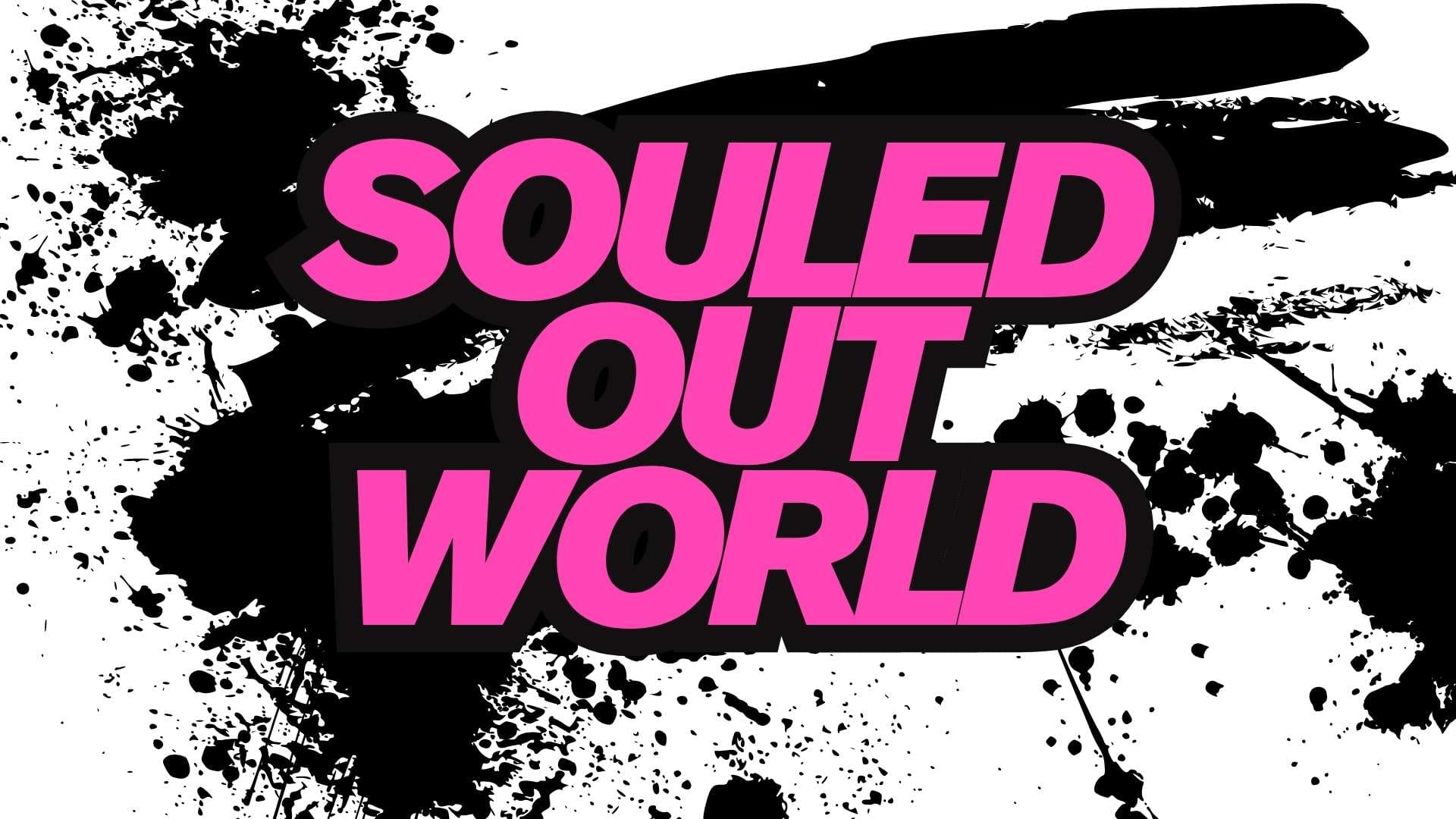




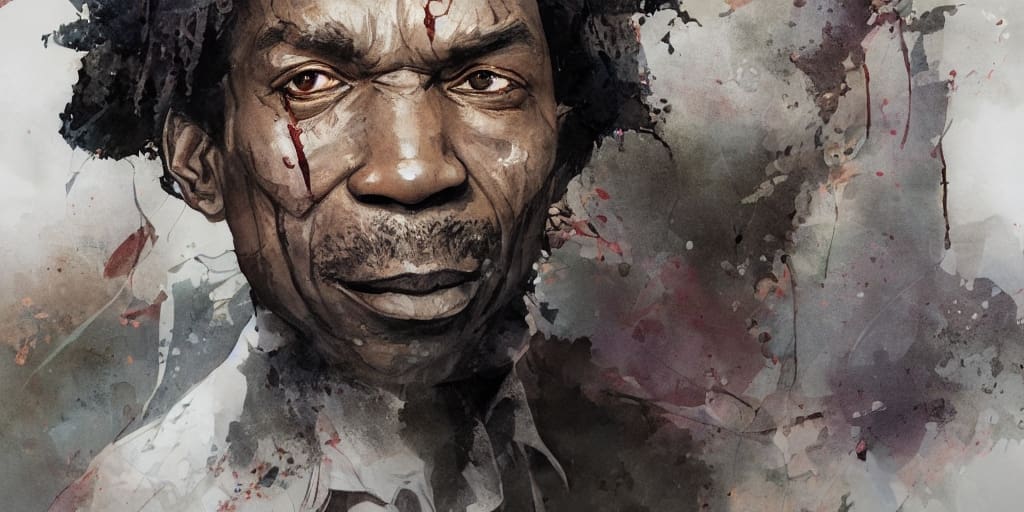
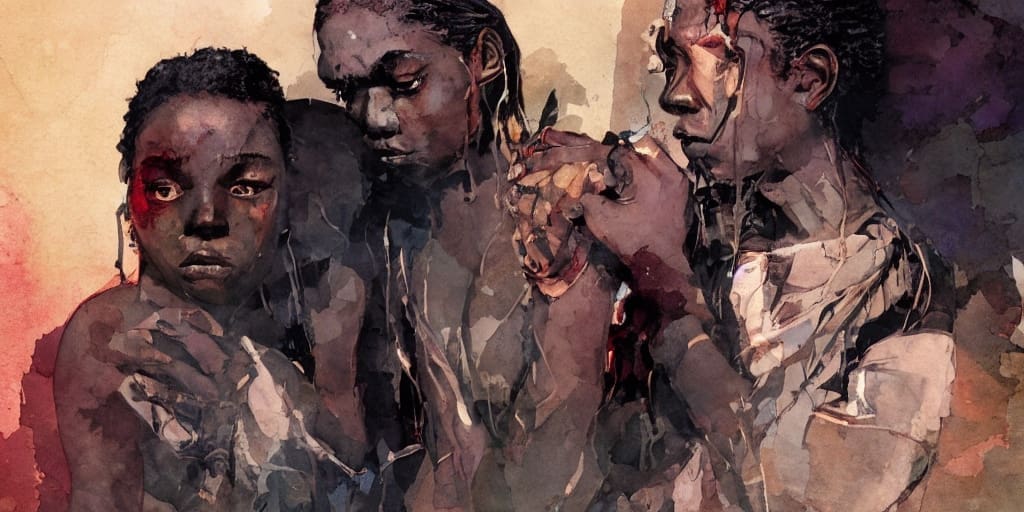

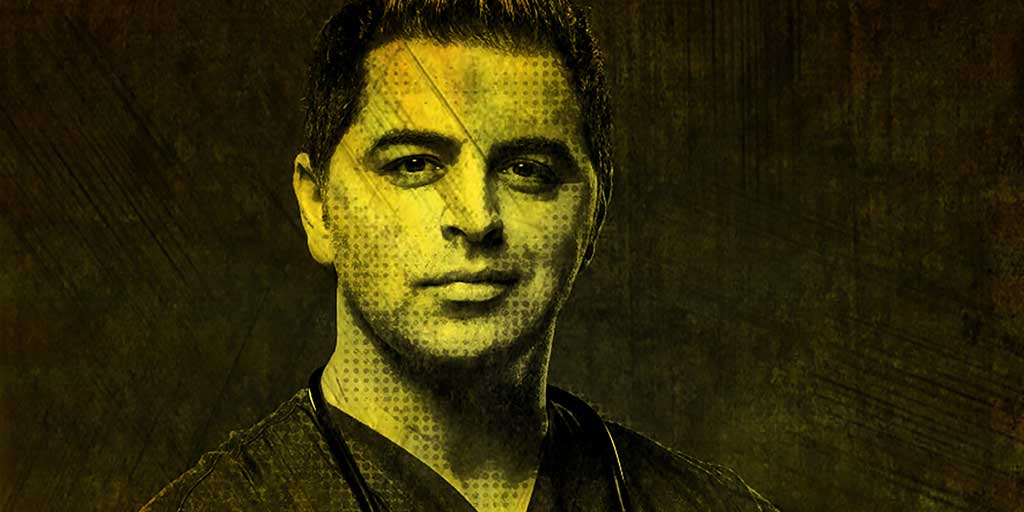




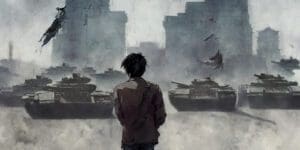





























What do you think?